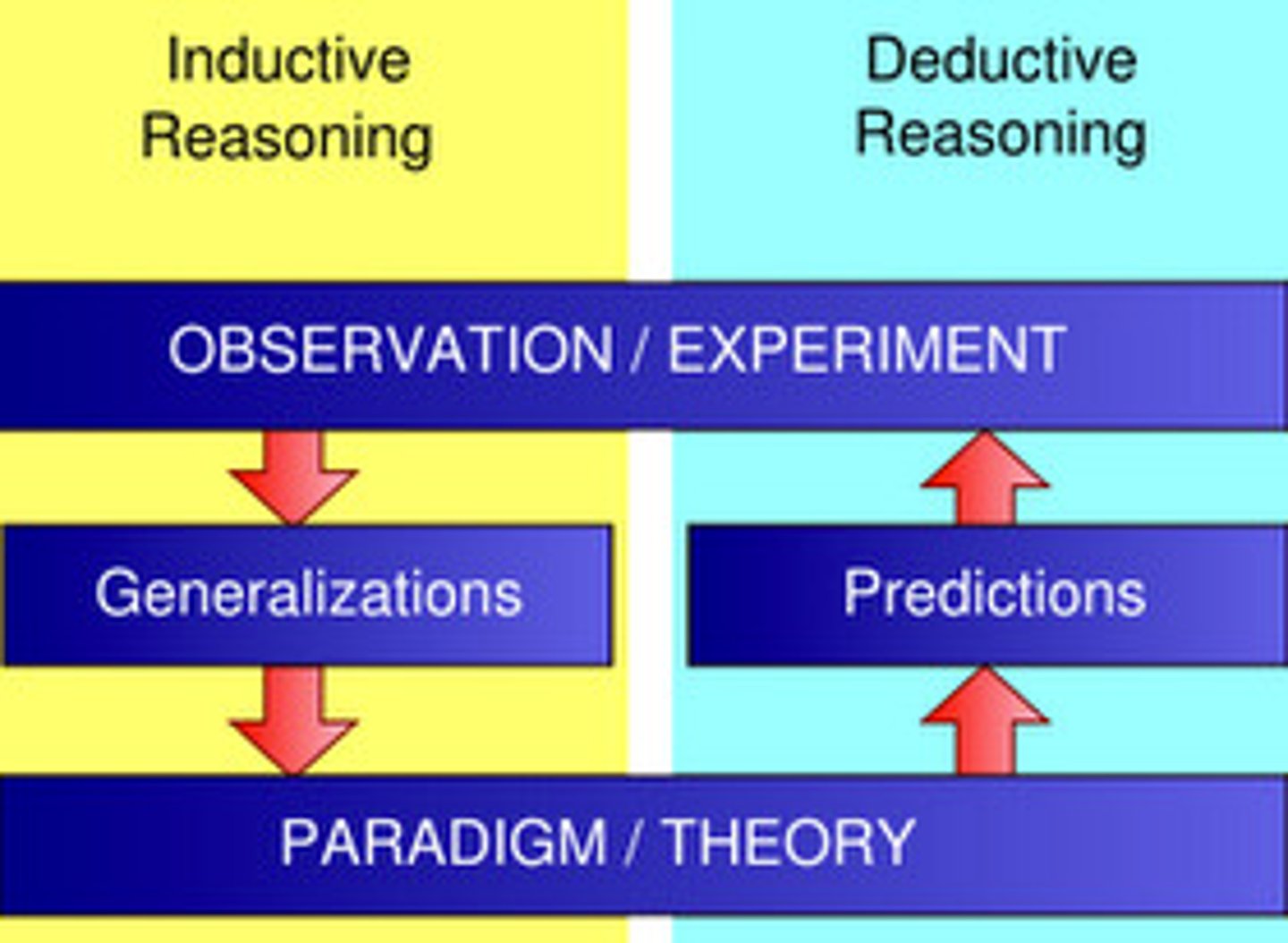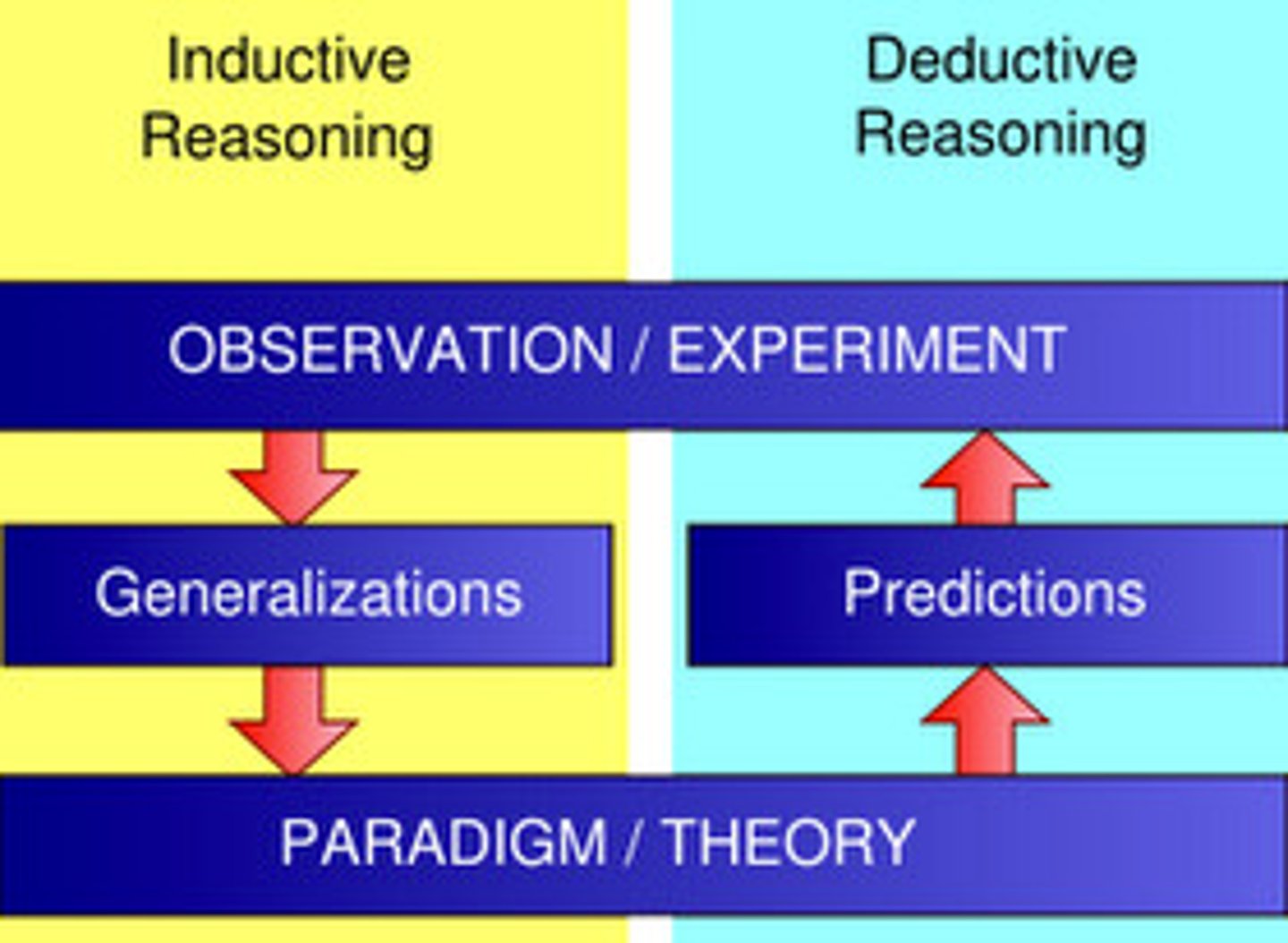The Language of Composition Chapter 3
1/36
There's no tags or description
Looks like no tags are added yet.
Name | Mastery | Learn | Test | Matching | Spaced |
|---|
No study sessions yet.
37 Terms
Ad Hominem
Latin for "against the man," this fallacy refers to the specific diversionary tactic of switching the argument from the issue at hand to the character of the other speaker. If you argue that a park in your community should not be renovated because the person supporting it was arrested during a domestic dispute, then you are guilty of ad hominem.
Appeal to False Authority
This fallacy occurs when someone who has no expertise to speak on an issue is cited as an authority. A TV star, for instance, is not a medical expert, even though pharmaceutical advertisements often use celebrity endorsements.
Argument
A process of reasoned inquiry; a persuasive discourse resulting in a coherent and considered movement from a claim to a conclusion.
Backing
In the Toulmin model, backing consists of further assurances or data without which the assumption lacks authority.
Bandwagon Appeal (Ad Populum)
This fallacy occurs when evidence boils down to "everybody's doing it, so it must be a good thing to do."
Begging the Question
A fallacy in which a claim is based on evidence or support that is in doubt. It "begs" a question whether the support itself is sound.
Circular Reasoning
A fallacy in which the writer repeats the claim as a way to provide evidence.
Claim
Also called an assertion or a proposition, a "" states the argument's main idea or position. A "" differs from a topic or subject in that a "" has to be arguable.
Claim of Fact
asserts that something is true or not true
ex : "The number of suicides and homicides committed by teenagers, most often young men, has exploded in the last three decades."
Claim of Policy
proposes a change
Ex : "Yet one solution continues to elude us, and that is ending the ignorance about mental health, and moving it from the margins of care and into the mainstream where it belongs."
Claim of Value
A "" argues that something is good or bad, right or wrong.
The Classical Oration
Five-part argument structure used by classical rhetoricians. The five parts are: introduction, narration, confirmation, refutation, and conclusion.
The Classical Oration: Introduction (exordium)
Introduces the reader to the subject under discussion.
The Classical Oration: Narration (narratio)
Provides factual information and background material on the subject at hand or establishes why the subject is a problem that needs addressing.
The Classical Oration: Confirmation (confirmatio)
Usually the major part of the text, the confirmation includes the proof needed to make the writer's case.
The Classical Oration: Refutation (refutatio)
Addresses the counterargument . It is a bridge between the writer's proof and conclusion.
The Classical Oration: Conclusion (peroratio)
Brings the essay to a satisfying close.
Closed Thesis
A "" is a statement of the main idea of the argument that also previews the major points the writer intends to make.
Deduction
a logical process whereby one reaches a conclusion by starting with a general principle or universal truth (a major premise( and applying it to a specific case (a minor premise).

False Dilemma (Either/or)
A fallacy in which the speaker presents two extreme options as the only possible choices.
Faulty Analogy
A fallacy that occurs when an analogy compares two things that are not comparable. For instance, to argue that because we put animals who are in irreversible pain out of their misery, we should do the same for people, asks the reader to ignore significant and profound differences between animals and people.
First-Hand Evidence
Evidence based on something the writer knows, whether it's from personal experience, observations, or general knowledge of events.
Hasty Generalization
A fallacy in which a faulty conclusion is reached because of inadequate evidence.
Induction
From the Latin inducere, "to lead into"; a logical process whereby the writer reasons from particulars t universals, using specific cases in order to draw a conclusion, which is also called a generalization.

Logical Fallacy
Are potential vulnerabilities or weaknesses in an argument. They often arise from a failure to make a logical connection between the claim and the evidence used to support it.
Open Thesis
Does not list all the points the writer intends to cover in an essay.
Post Hoc Ergo Propter Hoc
This fallacy is Latin for "after which therefore because of which," meaning that it is incorrect to always claim that something is a cause just because it happened earlier. One may loosely summarize this fallacy by saying that correlation does not imply causation.
Qualifier
In the Toulmin model, the "" uses words like usually, probably, maybe, in most cases, and most likely to temper the claim, making it less absolute.
Quantitative Evidence
Includes things that can be measured, cited, counted, or otherwise represented in numbers; for instance, statistics, survey, polls, and census information.
Rebuttal
In the Toulmin model, a "" gives voice to possible objections.
Reservation
In the Toulmin, a "" explains the terms and conditions necessitated by the qualifier.
Rogerian Arguments
Developed by psychiatrist Carl Rogers, "" are based on the assumption that having a full understand of an opposing position is essential to responding to it persuasively and refuting it in a way that is accommodating rather than alienating.
Second-Hand Evidence
Evidence that is accessed through research, reading, and investigation. It includes factual and historical information, expert opinion, and quantitative data.
Straw Man
A fallacy that occurs when a speaker chooses a deliberately poor or oversimplified example in order to ridicule and refute an idea.
Syllogism
A logical that uses the major premise and minor premise to reach a necessary conclusion. Often used in the process of deduction.
Toulmin Model
An approach to analyzing and constructing arguments created by British philosopher Stephen Toulmin in his book "The Uses of Argument" (1958). The Toulmin model can be stated as a template:
Because (evidence as support), therefore (claim), since (warrant or assumption), on account of (backing), unless (reservation).
Warrant (Assumption)
In the Toulmin model, the "" expresses the assumption necessarily shared by the speaker and the audience.